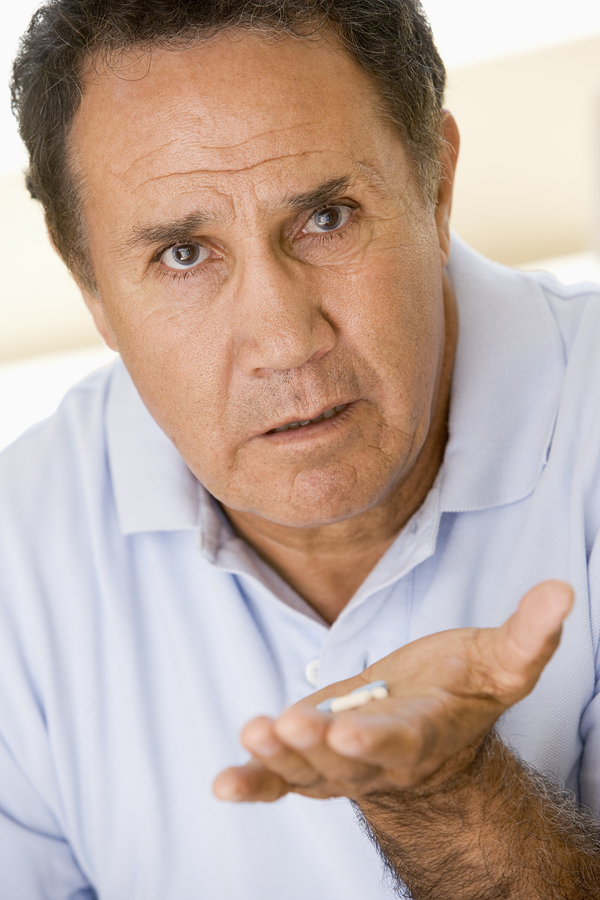Ex-CEO Admits ‘I Took Money From U.S. Pain’
/By Pat Anson, PNN Editor
The founder and former CEO of the U.S. Pain Foundation admitted over three months ago that he “made some big mistakes” and took money from the non-profit for his own personal use.
Paul Gileno resigned at the request of U.S. Pain’s board of directors in May, but the reasons behind his departure have only emerged in the last few days. In a statement posted Friday on the non-profit’s website, interim CEO and board chair Nicole Hemmenway publicly acknowledged for the first time that an internal audit six months ago had uncovered “financial irregularities” involving Gileno.
“The findings were clear that this individual had misused funds from the U.S. Pain Foundation,” Hemmenway wrote.
That Gileno had embezzled money from the non-profit has been known to the leadership of U.S. Pain for some time. He confessed to it in an email on September 5th. PNN has obtained a copy of the email and Gileno has acknowledged writing it.
“I am sad to say that I made some big mistakes over the past few years and took money from US Pain for my personal use. I make no excuses for this. I did take money and I will pay the ultimate price,” Gileno wrote.
“I did mismanage money and wasn’t as strict on budgets as I should have been, but it never effected what we did (nor) did it hurt our growth.”
PAUL GILENO
Gileno sent the email to over a dozen key people at U.S. Pain, including board members Wendy Foster, Ellen Lenox Smith and Suzanne Stewart – who resigned from the board a few weeks later. Other recipients include Cindy Steinberg, National Director of Policy and Advocacy; Shaina Smith, Director of State Advocacy; Lori Monarca, Executive Office Manager; Casey Cashman, Director of Fundraising and Emily Lemiska, Director of Communications.
U.S. Pain’s volunteers, ambassadors, and donors were left in the dark and never informed about the audit or Gileno’s confession. And the non-profit continued to solicit and accept donations as if nothing was wrong.
Only after inquiries from PNN about Gileno’s resignation and the lengthy delay in filing U.S. Pain’s tax returns did the organization release Friday’s statement. The statement offered no specifics on the financial irregularities that were found, the amount of money stolen, when the thefts occurred, or if others were involved.
‘I Never Took a Salary’
Gileno founded U.S. Pain in 2011 and it quickly grew into a nationwide patient advocacy group that received millions of dollars in mostly corporate donations.
Gileno claimed in his email that “I never took a salary… nor did I receive any benefits." But U.S. Pain’s 2015 tax return indicates Gileno was paid a salary of $403,000. The non-profit’s tax returns for 2016 and 2017 have not been filed and are delinquent, which could potentially jeopardize U.S. Pain’s tax exempt status.
In February, U.S. Pain was criticized in a congressional report for participating in a $2.5 million prescription co-pay program funded by Insys Therapeutics, an Arizona drug maker accused of bribery, fraud and other criminal charges. The co-pay program was scrapped soon after Gileno’s departure.
In his email, Gileno said he never took kickbacks from Insys or other drug makers.
“I always put the person with pain first and never accepted money from pharmaceuticals to do their bidding not once. If you are questioning this then that makes me sad because it never happened and you don't really know me,” Gileno wrote.
“I have also worked with the US Attorney in MA (Massachusetts) to deal with US Pain’s relationship with INSYS. I cooperated with the FBI and HHS (Health and Human Services). Once again so you can feel better not one time did I take or accept money from a pharmaceutical to push a drug. They are using me to help them deal with INSYS and build whatever case they are building.”
Last month a former Insys vice-president pleaded guilty in federal court in Boston to charges of bribing doctors to prescribe Subsys, a potent fentanyl spray made by Insys that has been blamed for the overdose deaths of hundreds of pain patients.
A spokesperson for the U.S. Attorney’s Office would not say if Gileno is a co-operating witness in the Insys case or if U.S. Pain is under investigation. “Per Department of Justice policy, we can neither confirm nor deny investigations,” said Liz McCarthy, U.S. Attorney’s Office – District of Massachusetts.
Gileno, who has two young sons, was remorseful in the email and asked for forgiveness. He anticipates serving jail time.
“My life is ruined right now because of my mistakes,” he wrote. “I am deeply truly sorry. It was selfish to take money from US Pain.
“When they finally give me charges to plead guilty to, either tax evasion or fraud or whatever they come up with, there will be a sentencing and they will need character letters or testimony of the person I am besides the taking of the money. If you reach out to me privately that you would like to stay in contact, it would mean the world to my boys and myself if you would send one in.”







































